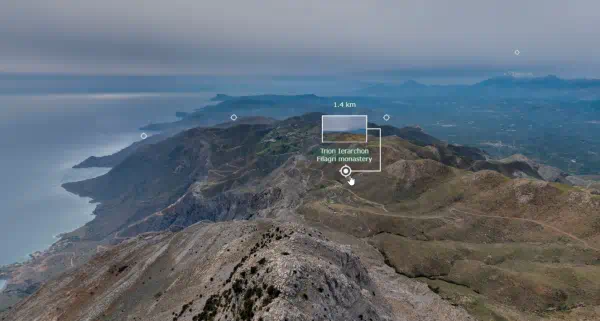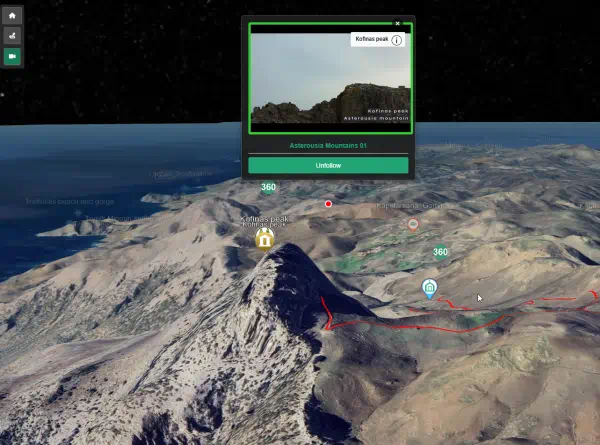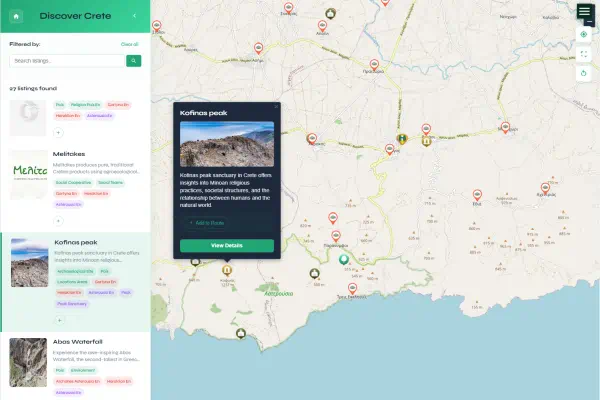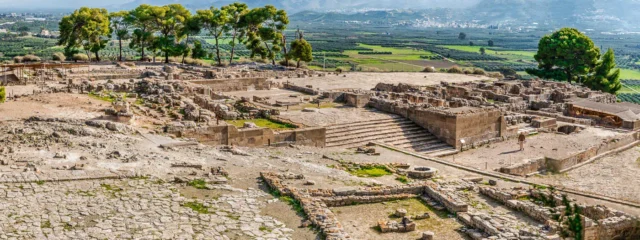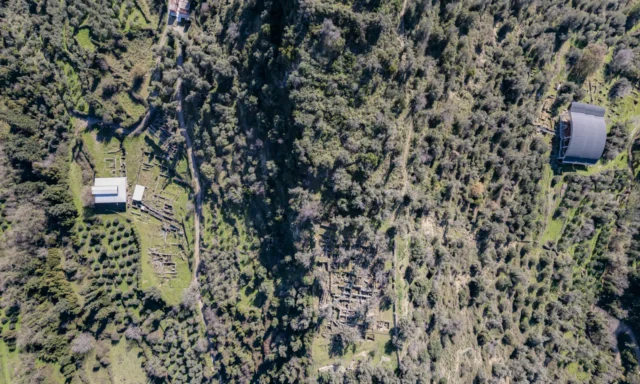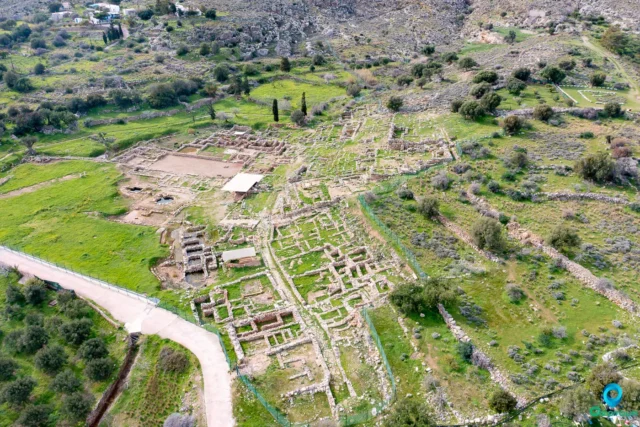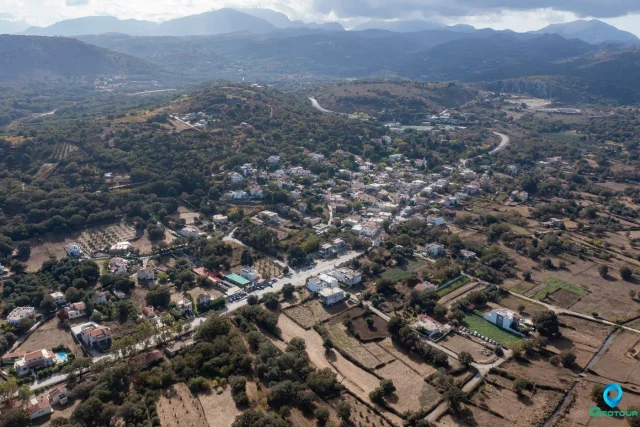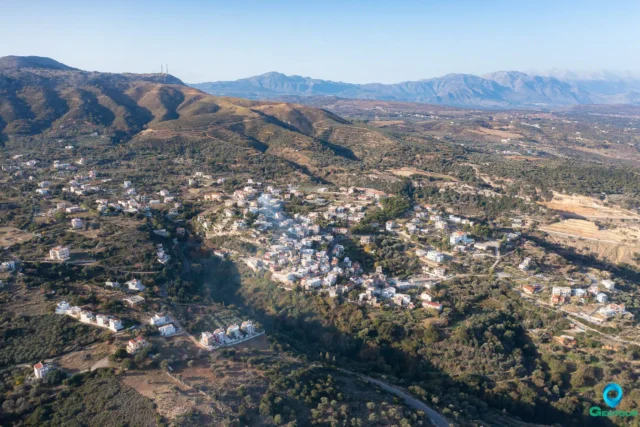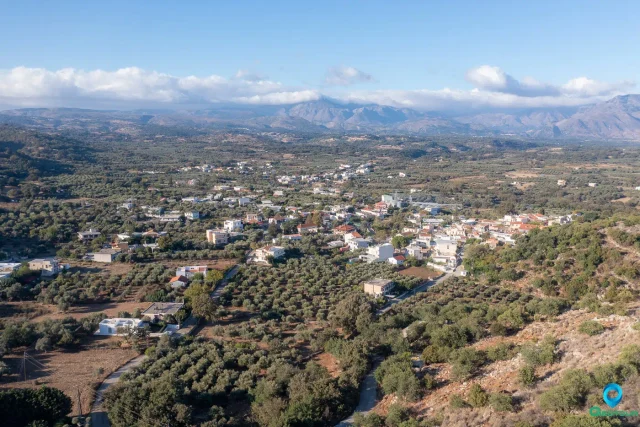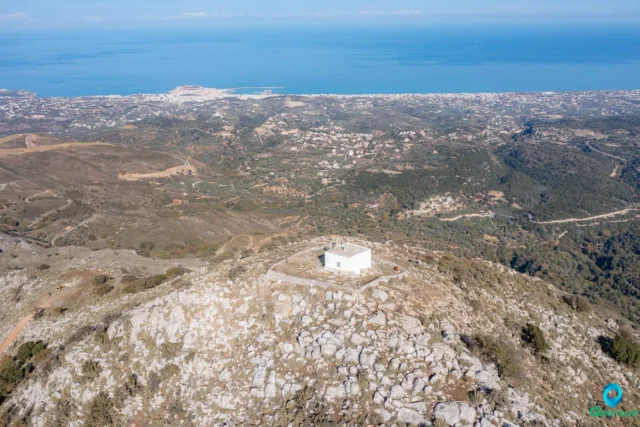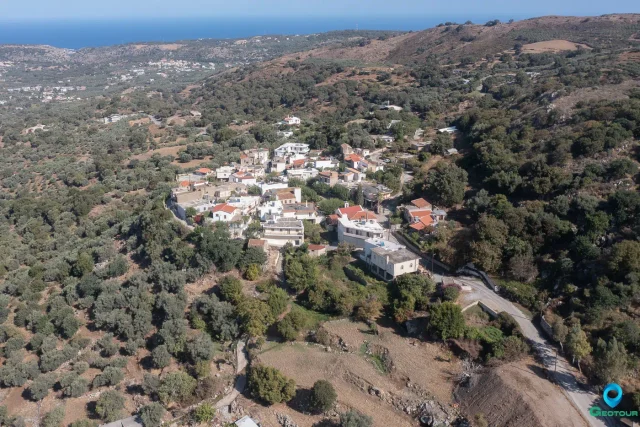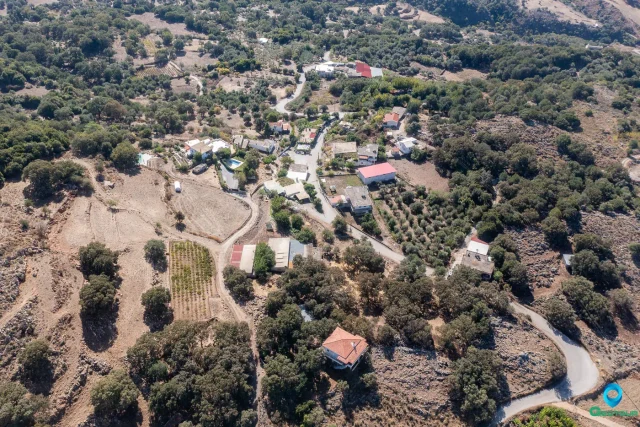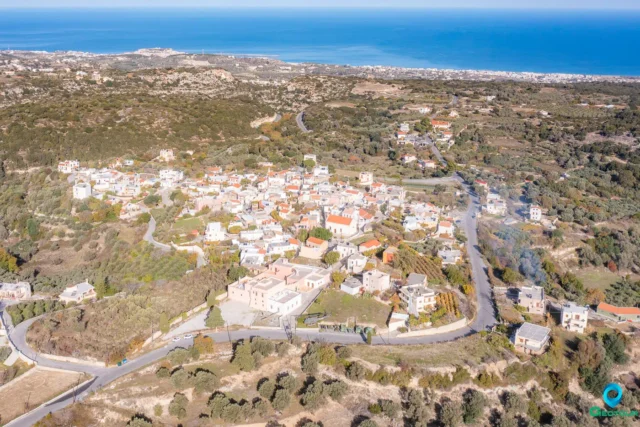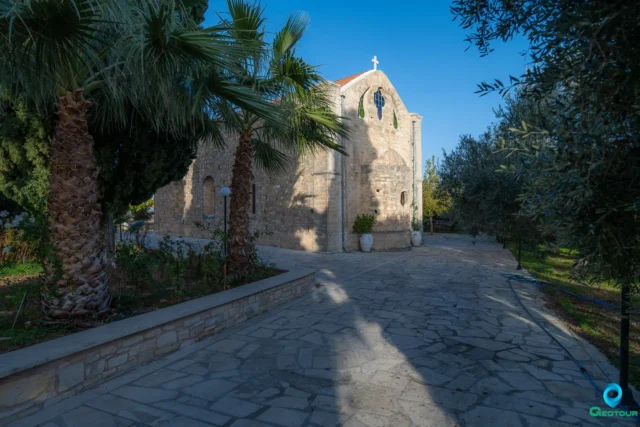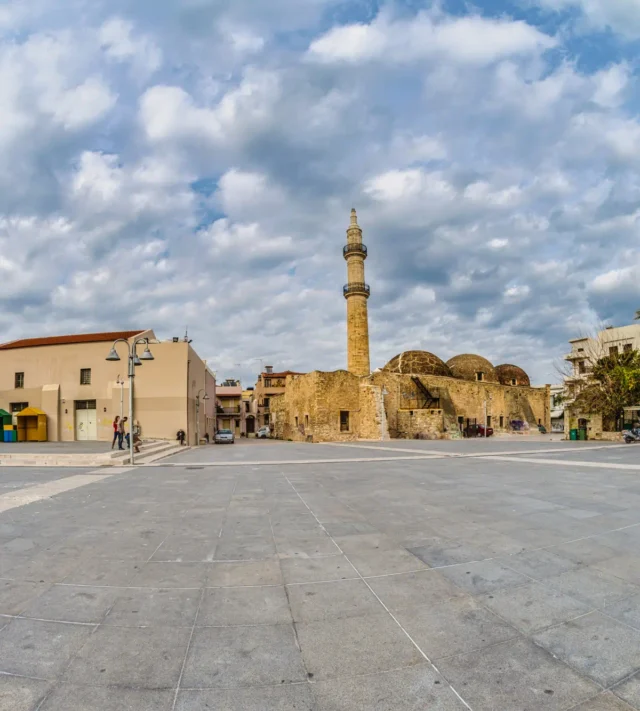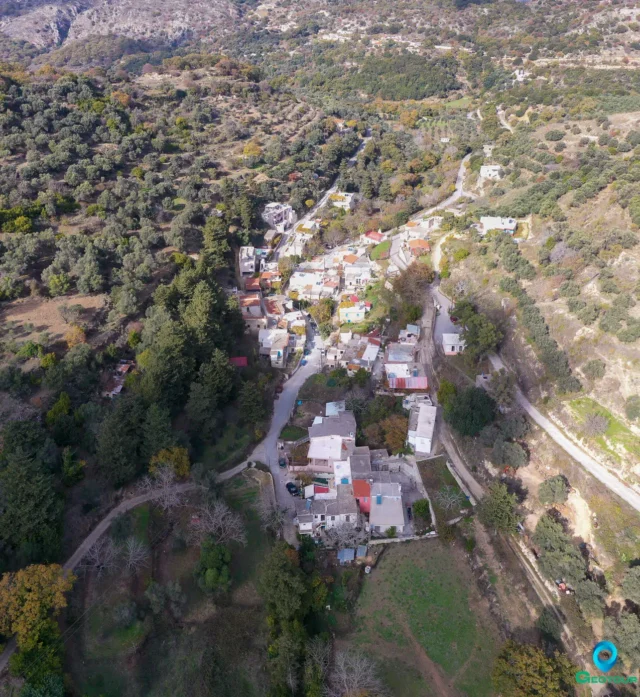Somatas is a semi-mountainous settlement located 10 kilometers from the city of Rethymno, belonging to the Community of Armeni within the Municipality of Rethymno.
Name
The name “Somatas” is believed to have two possible origins. One theory suggests it is named after a general of Nikephoros Phokas who was reportedly killed in the area in 961 AD. A second version attributes the name to an old Byzantine monastery of the Asomaton (Bodiless Saints) that once existed in the vicinity.
History
The village was first inhabited around 961 AD by settlers brought by Nikephoros Phokas. Historical records mention Somatas in 1577. During the Ottoman period, it was home to several Turkish aghas, and the 1881 census recorded a mixed population of 18 Christians and 120 Muslims. By 1920, the population had dwindled significantly.
Before the 1922 population exchange, families from neighboring areas of Crete began to settle in the village. Following the exchange, refugees from Asia Minor, primarily from Bournova and Vourla near Smyrna, and Makri, arrived and established families. Over the following decades, more families moved to Somatas from other parts of Crete, such as Askifou, Apokoronas, and Amari, as well as from mainland Greece.
Significant historical events in the area include a marriage contract from 1642 detailing a dowry agreement between the Moudatos and Kallergis families. In 1826, Cretan revolutionaries killed Mehmet Begakis Bey and 30 other Turks in Somatas. In 1829, Cretan fighters led by G. Tsouderos and the Frenchman Hine defeated Turkish forces in a fierce battle. During the Cretan Revolution (1895-1898), the Battle of Somatas Gorge took place on August 4, 1897.
Late Minoan Cemetery of Armeni-Somatas
A major archaeological site, the Late Minoan cemetery (1400-1200 BC), was discovered by chance near the village in 1965. Two local students, Andreas Vourvachis and Apostolis Chatzispyros, found two small vases while chasing a badger into a hole in the Prinokefalo area. Their teacher, Thanasis Aspradakis, recognized the potential significance of the find and notified the archaeological service. Subsequent excavations uncovered approximately 300 chamber tombs containing artifacts, including 25 clay larnakes (coffins).
Churches
The parish church of Somatas is dedicated to Agios Georgios (Saint George), an old church that was renovated in 1958. Another church is that of Zoodochos Pigi (Life-giving Spring), located in the cemetery. Tradition holds that it was the main church of a convent-style monastery. It was restored in 1935 through the fundraising efforts of Giannis Kontogiannis and renovated again more recently. The third church, dedicated to the Archangel Michael, celebrates the Miracle at Chonae on September 6. An older, smaller church on this site was repaired in 1922 but was heavily damaged by German soldiers during World War II. It has since been rebuilt. For many years, priests from nearby villages served Somatas until the first permanent priest, Christos Lazarou, was appointed in 1974.
Education
The Primary School of Somatas first operated in the 1938-39 academic year. Initially housed in a private residence and later in the church of Agios Georgios, its first dedicated building was constructed in 1945. In 1962, a new school building was constructed on land donated by Nikolaos P. Petrakis, funded by the American Mission. The school closed in 1999 due to a merger with the school in Armeni, and the building is now used by the local Cultural Association.
Modern Development
In recent years, the village has seen considerable development. The primary economic activities are agriculture and livestock farming, with many residents also employed in the tourism sector in Rethymno. A Cultural Association has been active since 1987. The village has a Cretan taverna, a workshop for making traditional Cretan costumes, and a folklore museum collection maintained by Vangelis Chatzispyros, featuring old weapons, coins, and other artifacts.
Major local industries include the “Rethemniotiki Touvloiia,” the largest brick factory in Crete, established in 1991, and a metal furniture workshop. East of the village, in an area known as “Paradeisos” (Paradise), there is a significant pine forest that hosts a bird breeding center run by the Forestry Service and a scout camping center.
Settlement: Key Points
- Location: A semi-mountainous settlement in the Municipality of Rethymno, 10 km from Rethymno city.
- Historical References: First settled in 961 AD; mentioned in a 1577 census; significant Turkish population during the Ottoman era; site of battles in 1829 and 1897.
- Archaeological Significance: The accidental discovery in 1965 led to the excavation of an extensive Late Minoan cemetery with around 300 chamber tombs.
- Current Status: A developing settlement with an economy based on agriculture, animal husbandry, and tourism. It is home to local businesses, a large brick factory, and a cultural center.
- Population Data:
Year | Population | Notes |
1583 | 115 | |
1881 | 138 | 18 Christians, 120 Muslims |
1900 | 19 | |
1920 | 25 | |
1928 | 49 | |
1940 | 165 | |
1951 | 92 | |
1961 | 102 | |
1971 | 77 | |
1981 | 87 | |
1991 | 110 | |
2001 | 121 | |
2011 | 161 | |
2021 | 207 |

